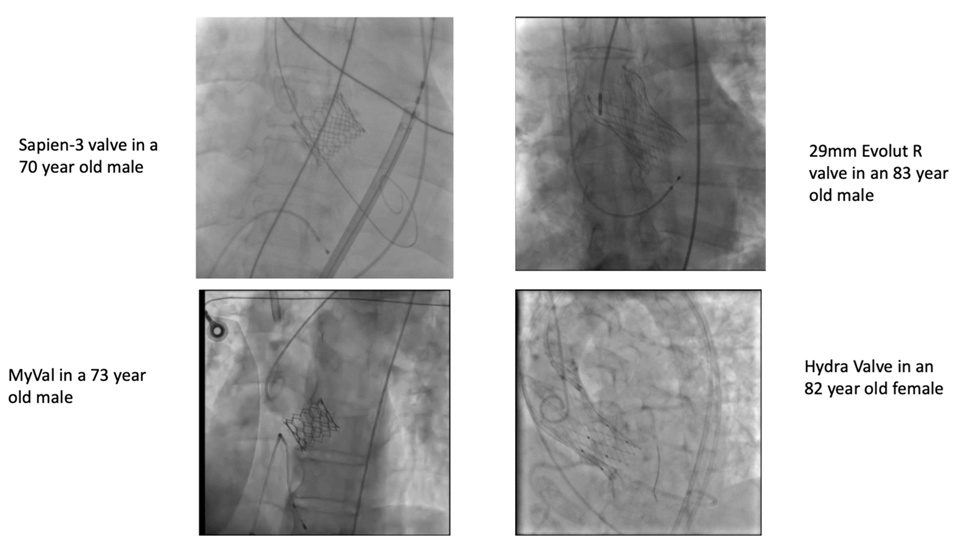Transcatheter Aortic Valve Implantation (TAVI): A Boon For Elderly Patients With Aortic Stenosis
Aortic valve is a door that separates the heart from the aorta, the largest artery that carries blood to different organs of our body. As we grow older and older, the valve becomes dysfunctional. It becomes stiff and calcified (like a bony structure) that restricts its movements.


This disease is called aortic stenosis. Hence, blood will not get emptied from the heart into the aorta leading elevated pressure inside the heart chamber.
This disease is called aortic stenosis. Hence, blood will not get emptied from the heart into the aorta leading elevated pressure inside the heart chamber.


Such patients develop breathlessness, fatigue, chest pain or syncope (pass-out). If untreated, the disease has dismal prognosis.


Till few years ago, the treatment for the same was surgical replacement of the valve through open heart surgical measures.
In 2002, Prof Alain Cribier performed the first percutaneous valve replacement procedure in 2002 where we go through the arteries into the heart and implant a new valve across the old diseased valve. (Transcatheter aortic valve replacement /implantation)[TAVI/TAVR]
Since then, many studies have been conducted across all risk categories in patients with severe symptomatic aortic stenosis which clearly proved that TAVI is either superior or non-inferior to surgical aortic valve replacement (SAVR). This is a minimally invasive procedure where patients may get discharged successfully after the procedure in 2-3 days


Two types of technologies are available currently. They are balloon expandable valves ( A valve is crimped on top of a balloon ; with the inflation of the balloon, the valve is positioned and deployed) and self-expanding valves ( The valve is covered in a sheath; with unsheathing the valve, the valve expands spontaneously).
In the above figures, A ( upper panel and lowe panel)- represents the wire is parked inside the left ventricle cavity from the femoral artery (blood vessel that supply bloods to the legs); B (upper panel)- represents the partial deployment of self-expanding valve; B- (lower panel )- represents deployment of balloon-expandable valve,C (upper and lower panels) – presents the final images after deployment of the valves
ACC/AHA [American cardiac societies) have suggested to consider TAVI through leg arteries in patients with severe symptomatic aortic stenosis who are 65 years of age or older. Having undergone structured training for such procedures from the USA, our team performs the procedure with ease with an world-class overall outcomes. The therapy has evolved to that extent that we could do it with less pain and less complications. Patient is admitted a day before the procedure. Post procedure they are observed for a day in ICU before going home the very next day.


Two commonly used Indigenous valves




